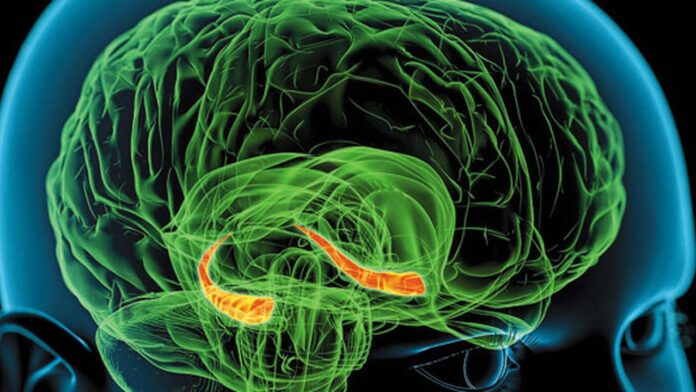• Research Highlight
While sleep may feel like a time of rest, the body is actually engaged in a range of processes, including the creation of new memories. Research shows that the new memories we make are reactivated during sleep for several days after they are first created. So, how does the brain avoid mixing up old and new memories during sleep?
A new study funded by the National Institutes of Health uncovered patterns in the activation of old and new memories during sleep that keep these memories separate. Their findings offer key insights into memory and learning.
Pupil size as a marker of different sleep states
Previous research in humans and animals has shown that changes in pupil size are a marker of changes in brain states, including those related to sleep. In this study, Cornell University’s Antonio Fernandez-Ruiz, Ph.D. , Azahara Oliva, Ph.D. , and colleagues wondered if these sleep states help the brain avoid memory interference and overlap.
The researchers first examined how the pupils of mice change as they sleep. Mice sleep with their eyes open, making it easier for researchers to track these changes. They found that the pupils of mice shrank during REM (rapid eye movement) sleep but alternated between shrinking and expanding during non-REM sleep.
Non-REM sleep is the time when memories are consolidated. Finding a different pattern in pupil changes between REM and non-REM sleep confirmed to the researchers that pupil behavior can be used to identify different sleep states.
Discovering the structure of non-REM sleep
To understand the brain’s activity during non-REM sleep, the researchers examined the activity of neurons in the hippocampus (a part of the brain involved in memory formation). The researchers looked to see if neural activity related to the activation of old and new memories was linked to changes in pupil size. They also used optogenetics—a technique that uses light to control the activity of neurons— to see what happened when neural activity was disrupted during specific pupil states.
They found that:
- Neurons associated with old memories were activated more often during large pupil states while neurons associated with new memories were activated more often during small pupil states.
- Disrupting neural activity while pupils were small prevented mice from retaining information they had just learned but did not affect previously learned information.
- Disruption of neural activity during large pupil states did not affect the retention of newly learned information.
This suggests that during non-REM sleep, new memories are reactivated during small pupil states and older memories during large pupil states, keeping them separate.
Why are these findings important?
For the first time, the researchers have determined that non-REM sleep in mice has several different substates and that these substates separate the replay of old and new memories. These findings help explain how new and old memories are kept from being mixed up by the brain when activated during sleep.
Mental health disorders are often associated with memory deficits that can be, in part, attributed to sleep disturbances. A deeper understanding of how memories are formed during sleep could help shed light on why these memory problems occur and suggest ways to reverse or prevent them.
References
Chang, H., Tang, W., Wulf, A. M., Nyasulu, T., Wolf, M. E., Fernandez-Ruiz, A., & Oliva, A. (2025). Sleep microstructure organizes memory replay. Nature, 637 (8048), 1161–1169. https://doi.org/10.1038/s41586-024-08340-w
NIH Grants
Grant MH122582 , Grant MH130367 , Grant MH120343 , Grant MH136496 , Grant MH136355


